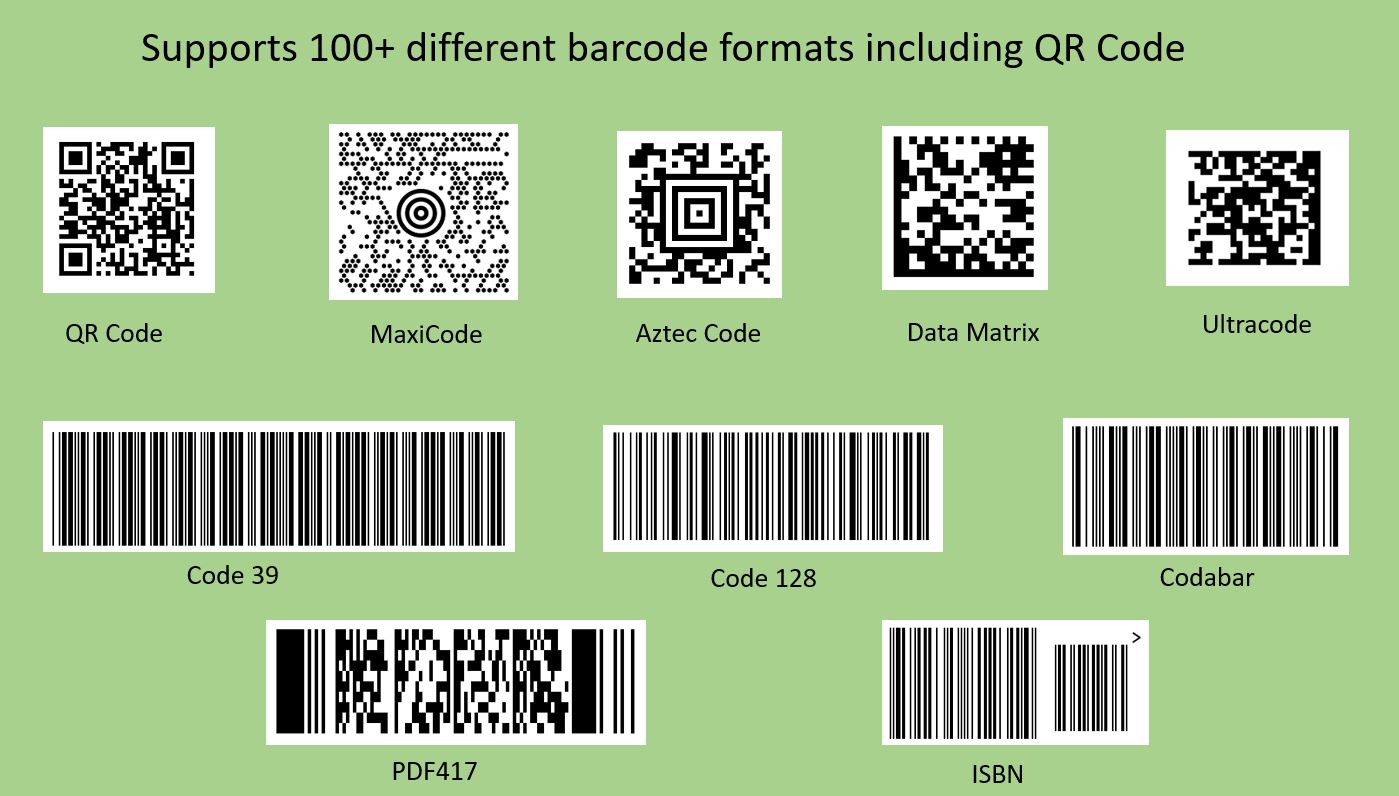QR Barcode Generator: A Comprehensive Guide to Creating and Using QR Barcodes
Created on 17 September, 2024 • 353 views • 4 minutes read

Discover how a QR barcode generator can enhance your data management and marketing efforts. Learn about the benefits, applications, and best practices for creating effective QR barcodes.
In the realm of data encoding, the QR barcode generator stands out as a powerful tool that bridges the gap between traditional barcodes and modern QR codes. This guide will explore the advantages of using a QR barcode generator, how it works, and how you can leverage this tool to streamline data management and enhance your business operations.
What is a QR Barcode Generator?
A QR barcode generator is a tool designed to create QR codes that can encode various types of data, including URLs, text, contact details, and more. Unlike traditional barcodes, which are typically one-dimensional and limited in data capacity, QR codes are two-dimensional and can store much more information in a compact space.
QR barcodes combine the best features of both QR codes and barcodes, offering a versatile solution for data encoding and product tracking. With a QR barcode generator, you can create QR codes that are scannable by barcode readers and QR code scanners, making them highly adaptable to various use cases.
Benefits of Using a QR Barcode Generator
- Increased Data Capacity: QR codes can store significantly more data than traditional barcodes. This includes longer URLs, detailed product information, and more complex data sets.
- Enhanced Versatility: A QR barcode generator allows you to create codes that can be scanned by both QR code scanners and traditional barcode readers. This versatility is especially useful for integrating QR codes into existing inventory and sales systems.
- Improved User Experience: QR codes can be scanned quickly and easily using smartphones, providing instant access to the encoded information. This ease of use enhances customer engagement and simplifies data retrieval.
- Customizable Designs: Many QR barcode generators offer customization options, allowing you to design QR codes that match your brand’s aesthetics. You can change colors, add logos, and adjust the design to make your QR codes stand out.
- Tracking and Analytics: Advanced QR barcode generators offer tracking features that provide valuable insights into how often your codes are scanned, where they are being used, and other relevant data. This information is crucial for optimizing marketing strategies and improving business operations.
How to Use a QR Barcode Generator
- Select a QR Barcode Generator: Choose a reliable QR barcode generator that meets your needs. For a versatile and easy-to-use option, visit this link to start creating your QR barcodes.
- Enter Your Data: Input the information you want to encode into the QR code. This could be a URL, text, contact details, or any other type of data that needs to be accessible via scanning.
- Customize Your QR Code: If the generator offers customization options, adjust the design to suit your needs. Change colors, add your logo, and select a design that aligns with your branding.
- Generate and Download: After entering your data and customizing your QR code, click the generate button. Download your QR code in your preferred format (PNG, JPG, SVG, etc.) for use in your materials.
- Test the QR Code: Before deploying, scan the QR code with various devices to ensure it functions correctly and accurately displays the encoded information.
- Implement and Monitor: Use your QR codes on product packaging, marketing materials, or digital platforms. If your QR barcode generator offers tracking features, monitor the performance of your codes to gather insights and make data-driven decisions.
Applications of QR Barcodes
- Product Tracking: QR barcodes are ideal for tracking products throughout the supply chain. They can store detailed product information and be scanned at various points to ensure accurate tracking and inventory management.
- Marketing Campaigns: Incorporate QR barcodes into your marketing materials to provide quick access to promotions, special offers, or product information. This enhances customer engagement and boosts campaign effectiveness.
- Event Management: Use QR barcodes for event tickets and registrations. They provide a seamless check-in process and can store attendee information for easy access and management.
- Retail and E-Commerce: Integrate QR barcodes into your retail and e-commerce platforms to streamline checkout processes, manage inventory, and enhance customer experience.
- Educational Resources: QR barcodes can be used in educational materials to provide additional resources, links to further reading, or interactive content.
Best Practices for Using a QR Barcode Generator
- Ensure High Contrast: For easy scanning, ensure that your QR code has high contrast between the background and the code itself. Avoid using colors that may reduce readability.
- Optimize Size: Make sure your QR code is large enough to be easily scanned. However, avoid making it too large, which may affect its appearance and functionality.
- Include a Call to Action: Encourage users to scan your QR code by including a clear call to action, such as “Scan to Learn More” or “Get Your Discount.”
- Test Thoroughly: Test your QR code with different devices and scanners to ensure it works well across various platforms.
- Monitor Performance: Use tracking features to monitor the performance of your QR codes. Analyze the data to gain insights and optimize your strategies.
Conclusion
A QR barcode generator is an invaluable tool for creating versatile, customizable, and data-rich QR codes. By leveraging a QR barcode generator, you can enhance product tracking, improve marketing efforts, and provide a better user experience.
To start creating your own QR barcodes, visit this link and explore the features of a top-notch QR barcode generator today.